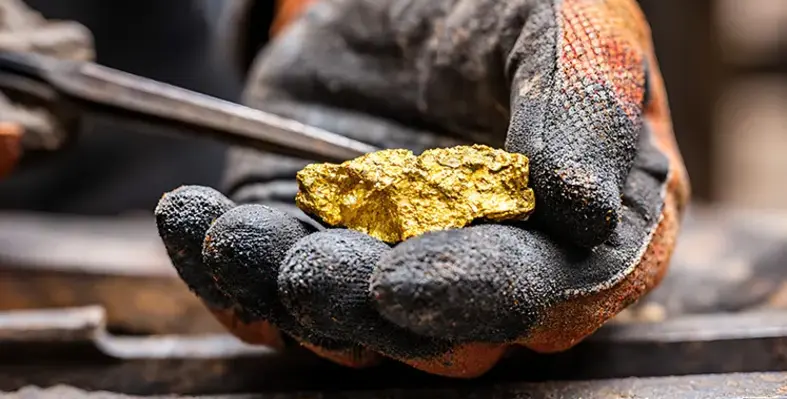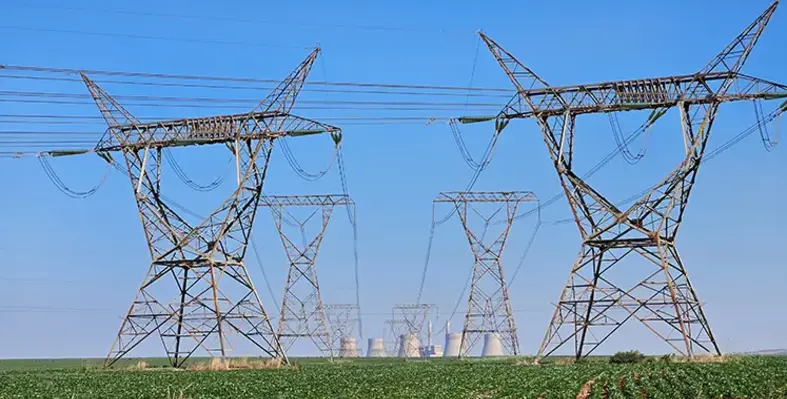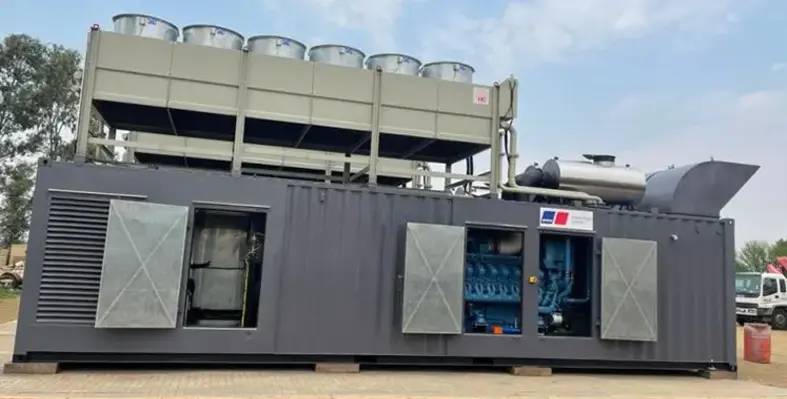Canada’s Allied Gold Corporation is launching a new energy programme at its Sadiola mine in Mali, which will incorporate additional gensets plus a hybrid power plant
It forms part of a wider expansion strategy, and represents a move to reduce the carbon intensity of operations at the mine.
The company will initially install additional state-of-the-art diesel generators and control systems, followed by a hybrid power solution, with the deployment of more efficient medium-speed thermal units, and a photovoltaic (PV) plant with battery energy storage systems (BESS) to meet the power requirements of the Phase 1 expansion at reduced costs.
Allied Gold has hired African Power Services (APS) to provide the power solution for the programme’s initial stages.
The first stage involves expanding diesel generation capacity by approximately 14 MW, which is expected to be completed by early 2026.
This will be followed by the installation of a PV plant with a peak capacity of approximately 35MW, paired with a 30 MWh BESS and a new control system integrated with the diesel generators by mid-2027, which is designed to supply approximately 40% of the energy requirements of the Phase 1 expansion.
In a statement, the mining group added that the systems will then be scaled up to satisfy the energy needs of the next phase expansion, providing Sadiola with a flexible power solution capable of meeting its ultimate power needs, while being self-reliant, efficient and cost-effective.
“Beginning early next year, Sadiola will significantly reduce its use of legacy diesel generators in favour of newer, more cost-effective units and control systems, aimed at reducing fuel consumption and increasing power generation efficiency,” the company noted.
“Over the course of 2027, this will be followed by the installation of the photovoltaic plant and related BESS, as well as medium-speed thermal generators, both of which are planned to be expanded further to match the energy requirements of the next Sadiola expansion.”
The introduction of the initial PV plant and BESS is projected to reduce energy costs by up to 20% compared to current costs, it added.
The additional PV and BESS capacity, as well as medium-speed thermal generators, is projected to further reduce energy costs by up to 45%.
Allied Gold noted that its projected operating costs will be comparable to the average costs expected for grid-supplied power with diesel backup, adjusted for grid availability in Mali.
The company added that cost improvements are expected to be modest in 2026 and then gradually increase with the deployment of solar and BESS in 2027, and then increase meaningfully with the introduction of medium-speed thermal generation in 2027 and 2028.
Additional thermal generation will be accompanied by the expansion of the renewable energy generation to a target peak capacity of up to 60MW for solar and 45 MWh for BESS, to supply the next phase of growth at Sadiola while preserving flexibility to produce additional power if required.
“The company has concluded that its power programme for Sadiola will provide greater reliability and certainty, which are essential for supporting uninterrupted mining operations without overburdening the grid system,” the statement added.
Elements of the power solution are expected to be financed through a combination of upfront and deferred payments, the company noted.
These modifications will allow Sadiola to treat up to 60% of fresh rock at a rate of up to 5.7 Mt/y in the modified process plant starting during the fourth quarter of 2025.
With the completion of plant modifications in the first phase, Sadiola is expected to stabilise and produce between 200,000 and 230,000 ounces of gold per year in the medium term, ahead of the next phase of expansion.
Read more:
Wia Gold outlines energy plans at Kokoseb mine
Rolls-Royce powers Sibanye-Stillwater mine
Wartsila signs gold mine power deal in Senegal










